
The Danube River is a metaphor that brings together its region's literature.
 6 min
6 min
The Danube River is a metaphor that brings together its region's literature.
How does the Danube define and link the culture and literature of the countries it flows through? Why has the river become so influential in this region's culture? How does it appear in art? These were some of the questions discussed at the first Panodyssey Café on the afternoon of 8th November 2022.
Earlier, in October 2022, the French-initiated Panodyssey project was launched at the Margó Literature Festival, with the aim of creating a platform where authors can share their own writing directly, collaborate with each other, build communities, and monetise their individual creative works. In connection with the project, the first of an international events series, the Panodyssey Café, was held at the Tompa17 coffeehouse in Budapest. The theme of the evening was Danube literature, with Éva Karádi and Péter Závada participating in the English-language discussion, moderated by Orsolya Ruff.
Orsolya Ruff first asked the panellists how they relate to the image of the Danube and what personal and literary experiences they have of the river. There are several poems and novel passages in which the Danube is mentioned, such as Attila József's poem A Dunánál "By the Danube". Éva Karádi mentioned Endre Ady's poem Magyar Jakobinus Dala, "The Song of the Hungarian Jacobins," and stressed that the Danube is a European river, connecting the West with the East and, in a certain sense, the North with the South too. Asked whether the Danube has a special role in Hungarian literature, Péter Závada said that it certainly does.
Ms. Karádi then said that when we talk about Danube literature, we can think not only about the works in which the river appears thematically but also about the literature of the Danube region itself. According to her, we can see the similarities when we produce translations, and our task is to bring the different texts into dialogue with each other. He also mentioned several projects and international cooperations that have tried to achieve this goal in recent years, such as Lettre International, the Babel Web Anthology, the Dunafest festival, the Visegrad Magic Cube, which presents the literature of the V4 countries, and several initiatives aimed at translating and making available the literature of the region internationally. Péter Závada also added Versopolis and PesText. The participants agreed that although Hungary is a small country and Hungarian is a small language, the Danube region has huge potential.
It was mentioned that the Danube connects cities, but the river is also a metaphor for time and a symbol of the relationship between man and nature. The question was raised as to whether Danube literature could be of interest to those who do not live here and are not familiar with the river. Éva Karádi replied that literature is about generating empathy and helping us imagine things different from what we experience ourselves. As an example, she mentioned Esther Kinsky's book about the Thames River, in which we can discover similarities. Péter Závada mentioned a Brazilian writer who wrote a book about Budapest (Chico Buarque: Budapest).
As regards literature from the Danube countries, Ms. Karádi said that the most important Austrian writings are usually translated into Hungarian and that there has been a close relationship with Slovakia too recently. She also said that we should not forget that the Hungarians living beyond the borders form important bridges and help immensely with translations.
It was also mentioned that the Danube region can also help Hungarian books reach further book markets because Austria and Germany pay attention to Hungarian literature, and what is published in German is usually translated into other languages later on.
At the end of the event, the situation of Hungarian theatres and the extent to which domestic companies can participate in the international scene were also discussed. Péter Závada mentioned some artists who have links with the foreign communities (such as Viktor Bodó, Kornél Mundruczó, Árpád Schilling, Csaba Polgár), but he added that they are not usually based in Hungary anymore. The financial support system is currently weak in Hungary, and there are not enough opportunities to get into the European bloodstream.
The evening ended with a quote from Esterházy: "The Danube is not just something—not only its water, not only its water molecules, not the dangerous conditions of the riverbed—the Danube is the whole, the Danube is the form." Finally, Éva Karádi read an excerpt from the anthology The River, published this autumn by Kalligram.
The event can be streamed here.
Discmlaimer: The above article is the English translation of the original Hungarian article published on Könyves Magazin.
Cover photo credit belong to Könyves Magazin.









 English
English
 Français
Français
 Deutsch
Deutsch
 Italiano
Italiano
 Español
Español



 Contribuisci
Contribuisci

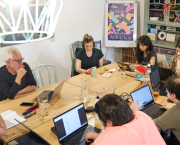

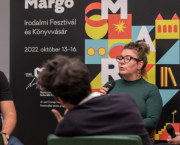
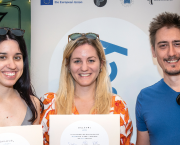



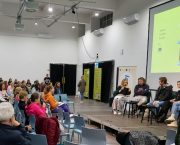
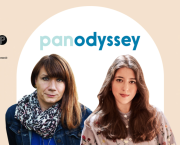
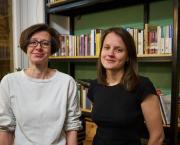







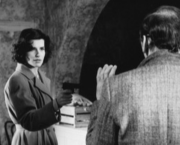
 Puoi sostenere i tuoi scrittori preferiti
Puoi sostenere i tuoi scrittori preferiti





